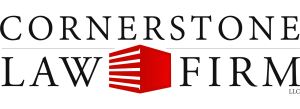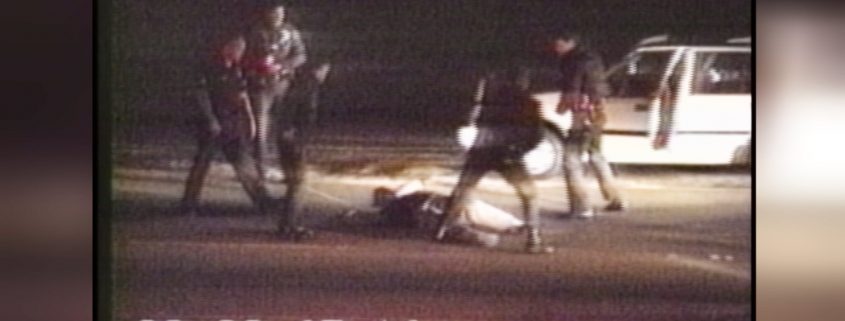Film the Police
Filming the police has become an act of political speech. Police actions caught on camera have played an enormous role in debates over police brutality and practices over the last twenty years, most infamously in the case of Rodney King. In the wake of such landmark events, many cities and police departments have tried to crack down on and prevent the filming of police actions. In Fields v. City of Philadelphia, released yesterday by the Third Circuit Court of Appeals (the Federal Court that governs Pennsylvania, New Jersey and Delaware), the court ruled that the First Amendment protects your right to film the police as they do their job, and that a city may not prohibit such filming or photographing of police actions, because the First Amendment to the United States Constitution protects your right to film and photograph the police.
The Camera as Eyewitness
In a beautifully-written opinion, the court ruled that you have the right to record even run-of-the-mill police encounters, because one never knows when a shot might be important. The First Amendment gives you the right to preserve an eyewitness account of what you’re seeing, even if you’re not sure that you’ll ever use that footage.
To record what there is the right for the eye to see or the ear to hear corroborates or lays aside subjective impressions for objective facts. Hence to record is to see and hear more accurately. Recordings also facilitate discussion because of the ease in which they can be widely distributed via different forms of media. Accordingly, recording police activity in public falls squarely within the First Amendment right of access to information. As no doubt the press has this right, so does the public.
Footage Need not be “Expressive”
The court rejected the contention that the individuals caught filming the police had to prove that they were creating some sort of expressive art protected by the First Amendment. The very act of filming was the protected conduct.
This aspect of the ruling—that you don’t have to prove the artistic value or expressive nature of your footage or picture for it to be protected by the First Amendment—will have broad application in other contexts. Students who film a teacher’s interaction with them at school, footage of a DMV official rejecting an applicant on dubious grounds and even pictures taken on the street of public events are all constitutionally protected, even if it is unclear at the time how such media may be used. This right extends to the private citizen in equal force as it does to the press.
A few exceptions
The court left open the possibility that there are limits to the time, place and manner in which you can film the police. Recording a police officer’s conversation with a private informant, getting in an officer’s way or otherwise interfering with police activity might be unprotected conduct which could properly lead to an arrest.
But the court left these possible exceptions general, and the most important ruling in this case will be that you have a right to record your public servants as they go about their jobs or interact with you and others. You have a right to film the police.
Pick up Your Phone
So keep your phone out when you run into the police, or when you see others interacting with them. Allowing the public the opportunity to see how police work is done is an important part of making our justice system better, and of advocating for a better society. The First Amendment protects your right to do just that.



